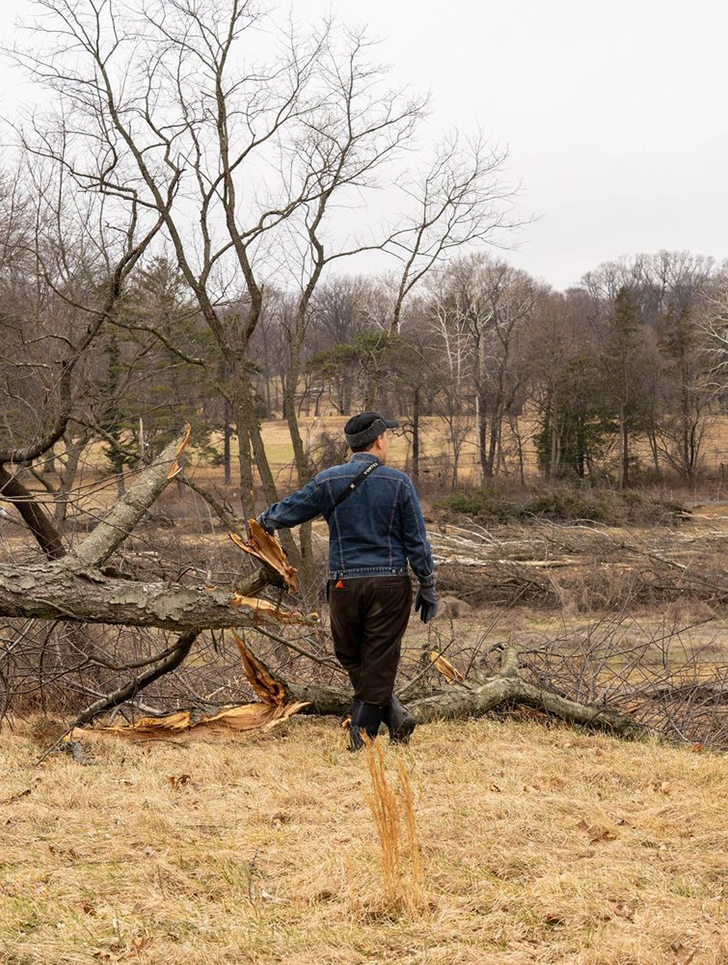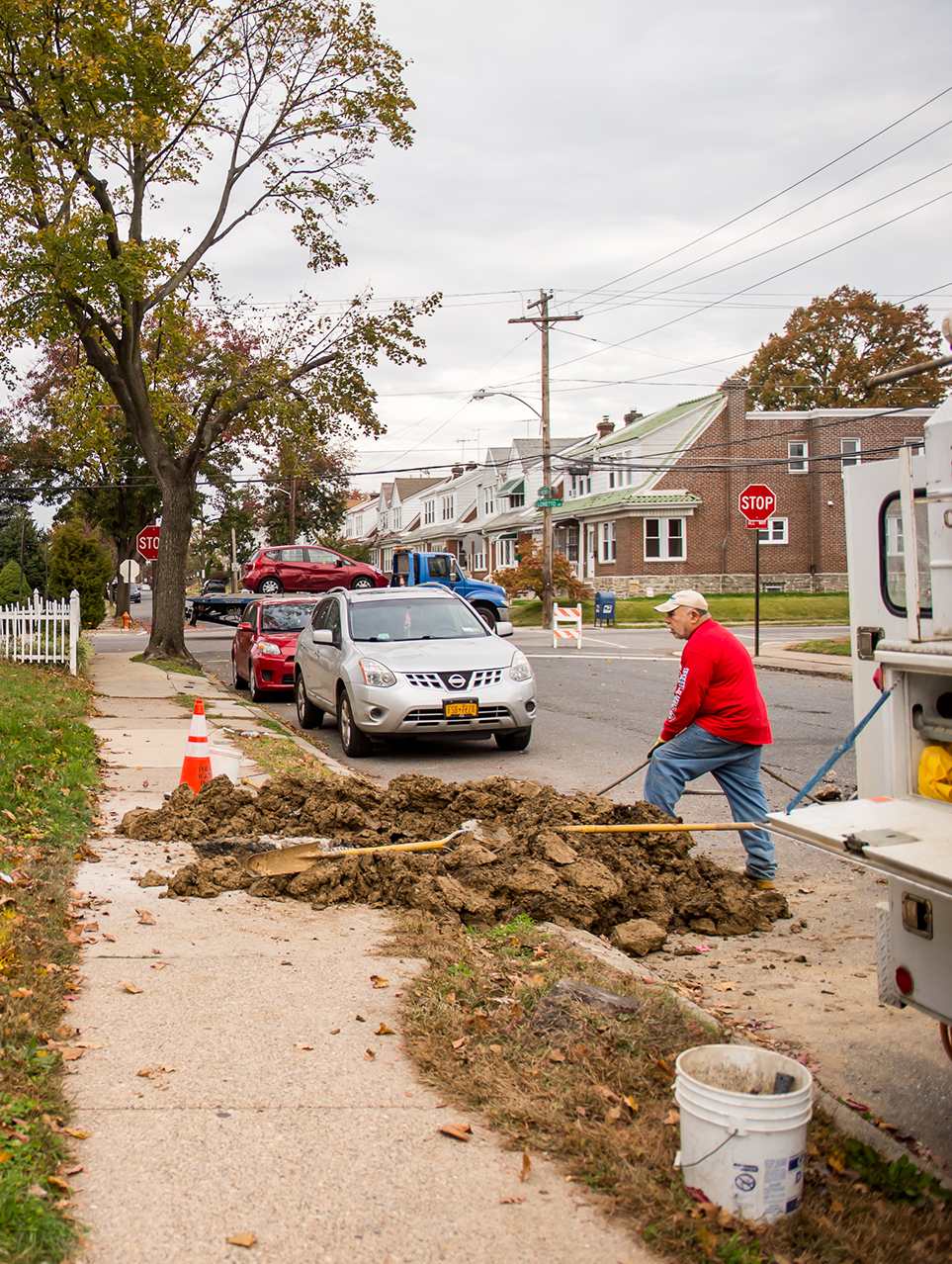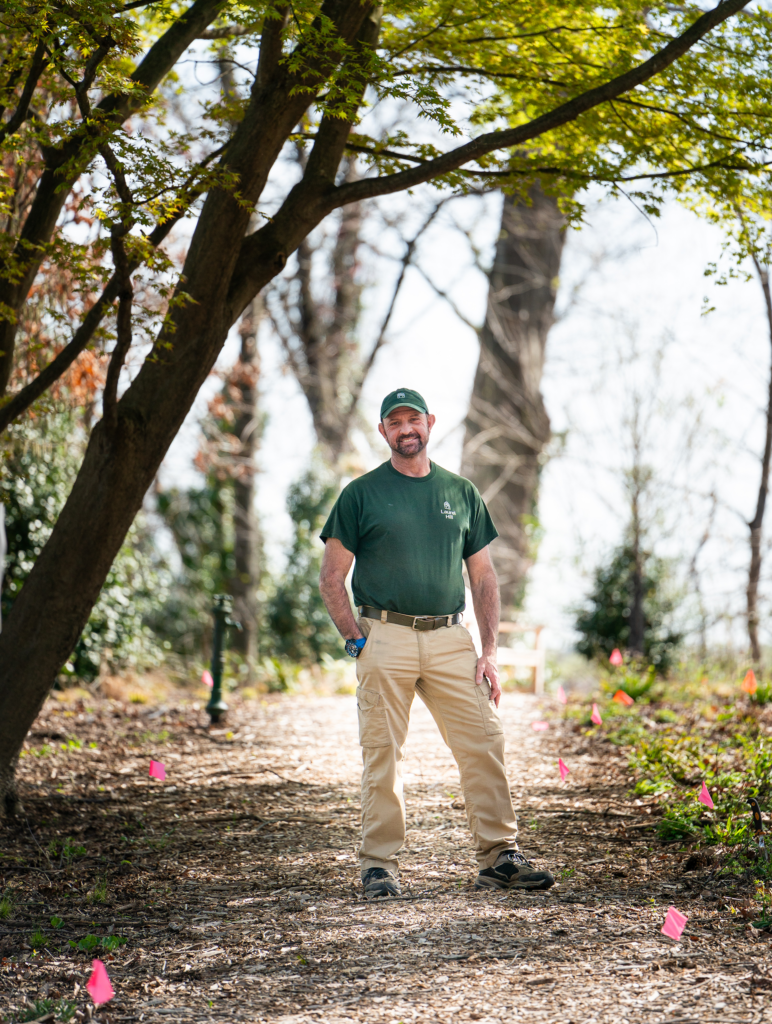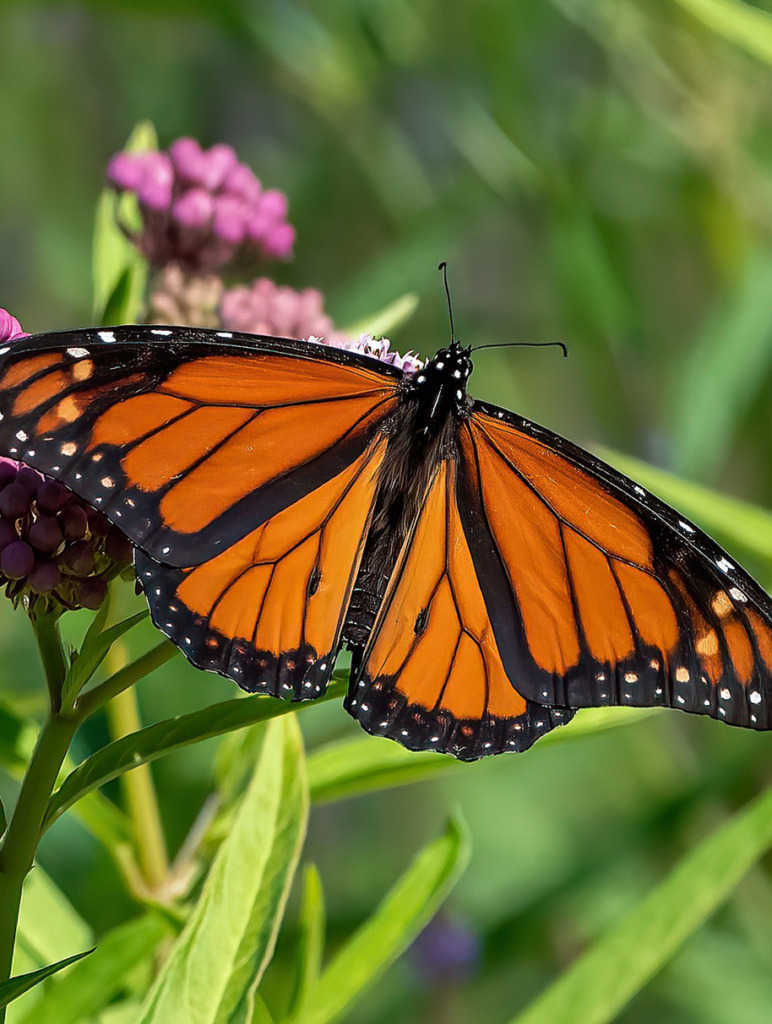Large landscaping projects, especially with increased local rainfall caused by climate change, require erosion-control planning. A search for products yields an array of mesh options designed to hold soil in place until plant roots can take over, but many can present an entanglement hazard to wildlife.
The Philadelphia Metro Wildlife Center handles dozens of such cases during warmer months, says assistant director Michele Wellard. Mesh might hold soil in place, but if it doesn’t yield when a trapped animal struggles, it is deadly. At the center, Wellard has seen robins with legs that have been degloved (skin stripped off) and garter snakes with cuts too deep to heal.
After the removal of contaminated soil at the former Clearview Landfill, part of an Environmental Protection Agency superfund site located between Darby Creek, Eastwick Park and the Clearview residential area of Philadelphia, workers covered much of the fresh soil at the 70-acre property with a thin mesh of woven jute to prevent erosion.
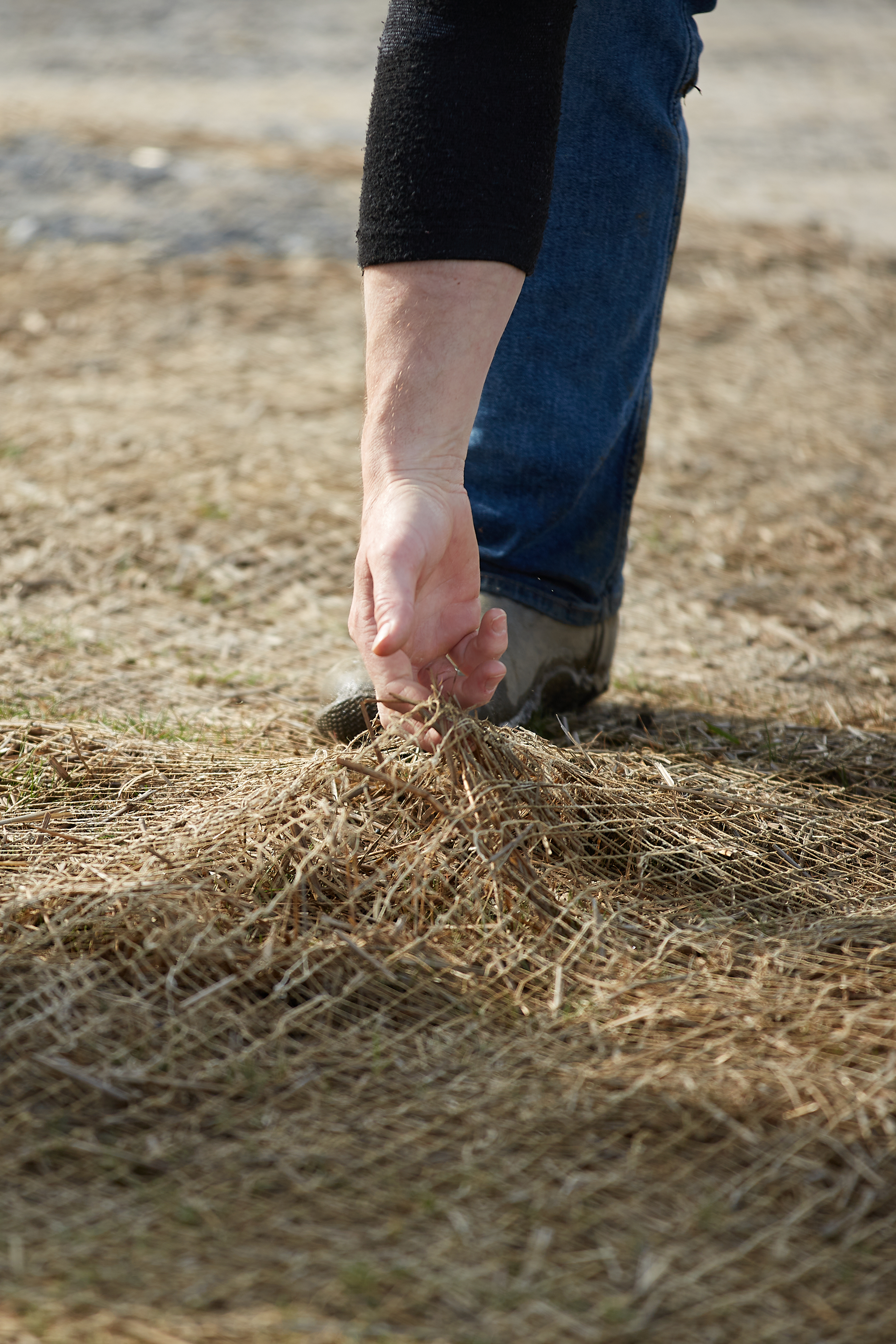
At home-improvement stores, plastic meshes are about half the cost of natural-fiber materials. But during the initial planning, Joshua Barber, the EPA scientist overseeing the Clearview project, was mindful that the site lies in a floodplain adjacent to the John Heinz National Wildlife Refuge, so he worked with designers to find innovative materials for the job that would meet the EPA requirements for environmental stewardship.
The jute mesh protects plantings of oat, rye, red fescue grasses and partridge pea plants that start growing within several days, Barber says. “So, if we need any kind of erosion control, we only really need a month for it.” He expects the natural mesh will last for about a year.
Along stream banks, where there’s higher erosion potential, a heavier woven coir coconut matting is rolled around soil and tree branches that will take root. The rolls are covered by soil and held in place by long oak stakes. “There are a lot of geese that walk over it, and they seem to do just fine,” Barber says.
As with any soil disturbance, the small mammals and birds are the first to return, Barber says. Perches have been installed among recently planted saplings since mice and the voles will lure the raptors back.
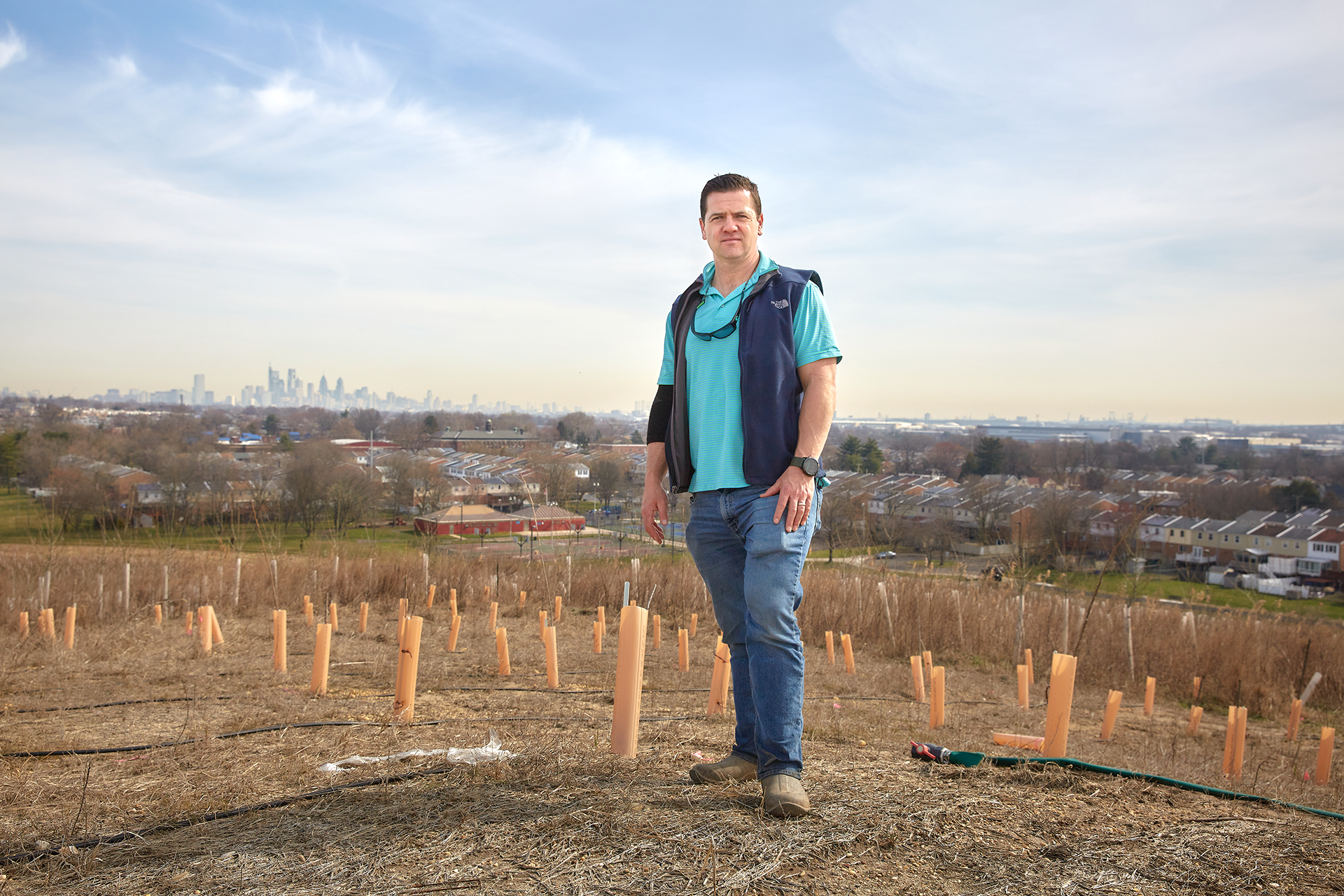
Wildlife entanglements have mostly been studied in marine environments, but a 2014 terrestrial study of 106 crows’ nests found manmade materials in more than 85% of the nests, and out of 195 nestlings, nine of them were discovered entangled and two were found dead below the nests.
If someone encounters an entangled animal, they should call the center’s hotline. Often callers will be instructed to cut the animal free except for a perimeter of the attached mesh, put it in a dark box and bring it to the center.
Many animals don’t make it. If an animal has egregious wounds, is stressed to the point of organ failure, or refuses to eat or drink, they may have to euthanize it. This is still a partial victory because the animal can be sedated and will not suffer any longer. “If we manage to heal it and then release it back into its native habitat that makes it all worth it,” Wellard says.
People should be conscious of the things they put into the environment that can hurt animals. “Wildlife is all around us,” Wellard says.
For wildlife matters, call the Philadelphia Metro Wildlife Center Hotline at (267) 416-9453 or visit phillywildlife.org.



